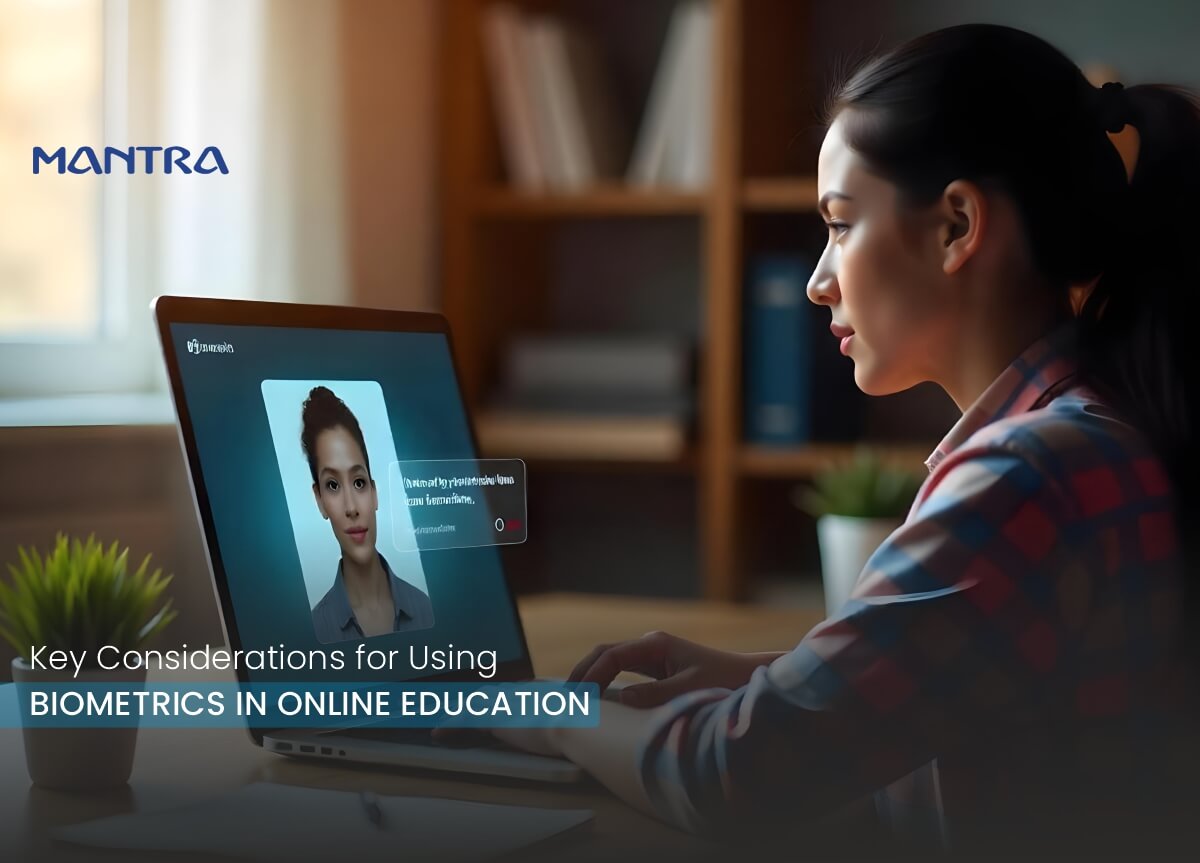
Biometrics like facial recognition and keystroke dynamics are transforming online education by ensuring identity integrity, preventing impersonation, and supporting secure, equitable remote assessments.
Why Online Education Needs Stronger Identity Verification
With the surge in eLearning platforms and online certifications, verifying student identity has become one of the most pressing challenges in digital education. Traditional security methods-passwords, PINs, or SMS-based 2FA-are simply not enough to stop determined fraudsters from using proxy test-takers, stolen credentials, or impersonation tactics.
As digital classrooms scale globally, biometric authentication is becoming the gold standard for verifying that the student enrolled is the same person attending and completing the course.
Common Identity Risks in eLearning Platforms
Online learning platforms face several persistent threats that weaken certification credibility:
Proxy Testing:
Outsourcing test-taking to a third party to earn a certificate fraudulently
Credential Sharing:
Users giving their login info to others for unauthorized access.
Work Submission Fraud:
Assignments or exams completed by someone else.
Lack of Supervision:
No physical oversight makes it easier to bypass verification steps.
These issues not only damage academic integrity but also threaten the reputation of institutions and the trust of employers in online certifications.
How Biometrics Enhance Online Education Security
Biometric technologies solve identity-related challenges by verifying unique physiological or behavioral traits that are extremely difficult to fake or transfer. Here are the most effective methods used in online learning:
Facial Recognition
Uses a student’s facial features to verify identity during enrollment and throughout the course or exam. Real-time liveness detection ensures it’s a live person-not a photo or deepfake.
Voice Biometrics
A voiceprint acts as a unique identifier for courses with oral assessments or video-based participation. Ideal for language learning and remote oral exams.
Fingerprint Scanning
Though more common in physical classrooms, it’s gaining traction in tablet-based or proctored remote testing environments that support fingerprint access.
Keystroke Dynamics
Tracks typing speed, pressure, and patterns to create a behavioral profile. Perfect for verifying identity during long-duration online courses or written assessments.
Iris & Eye Tracking
Advanced technologies used in high-security exam environments to verify users and detect suspicious eye movements during testing.
What to Look for in a Biometric Solution for eLearning
Biometric systems vary widely in quality, bias-resistance, and compatibility. Here are key questions educational providers should ask before implementation:
Is the algorithm trained on diverse datasets?
Bias in biometric systems is a real concern. Top-performing solutions ensure accuracy across various ages, ethnicities, and gender identities.
Does it offer multi-modal options?
A system that supports face, voice, fingerprint, and behavioral biometrics improves accessibility and inclusiveness for users with different needs or limitations.
Has it been independently evaluated?
Participation in programs like NIST’s Face Analysis Technology Evaluation (FATE) ensures the biometric system has been benchmarked for accuracy, speed, and spoof detection.
How is data privacy handled?
With global privacy regulations like GDPR and India’s DPDP Act, biometric systems must encrypt data in transit and storage, obtain informed consent, and support data minimization.
Final Thought: Balancing Security, Privacy, and Experience
Online testing is already a high-stress scenario. The goal of biometric implementation is not to create friction, but to ensure integrity without compromising comfort. Ethical deployment of biometrics-transparent, consent-driven, and unbiased-is crucial to building student trust and institutional credibility.
In today’s digital learning age, verifying “who’s really learning” is just as important as what’s being taught. Biometrics offer the tools to make online education safer, smarter, and more secure for all.
Comments